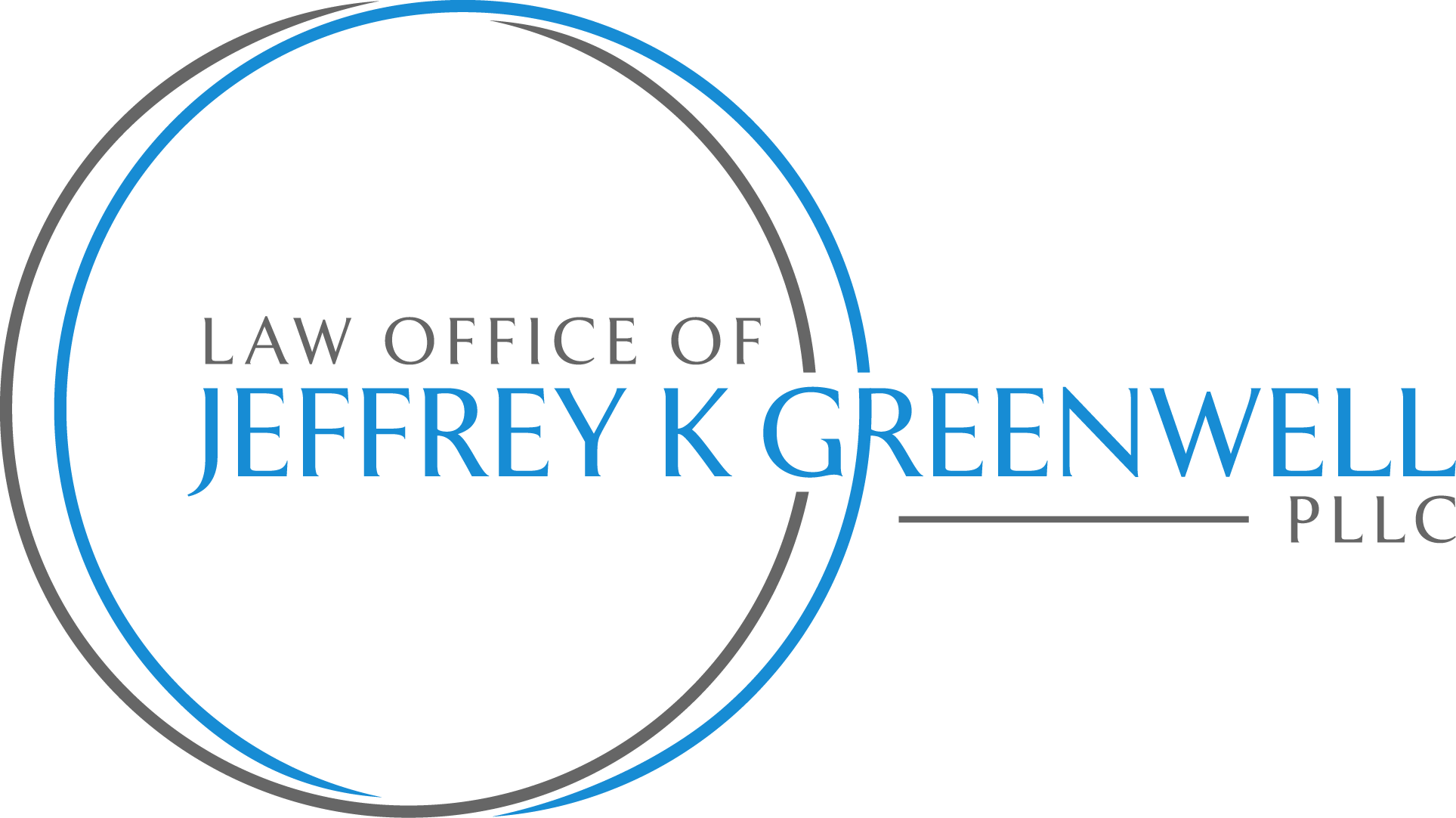Filing a bankruptcy is sometimes a sound financial option for individuals or businesses (“debtors”) that are over-extended, have tried financial counseling, cannot make the necessary payments to decrease their loan/credit balances, or cannot pay their basic living/operations expenses. Chapter 7 and Chapter 13 are two of the most common bankruptcy chapters available. Your income, expenses, assets, and liabilities will typically determine the chapter that is best suited for you.
Chapter 7 is a liquidation chapter that allows a debtor to cancel (“discharge”) all honestly incurred debts, which typically includes those to unsecured creditors (e.g. credit cards, medical bills, etc.) and those to secured creditors (e.g. car and home loans, etc.) that you choose to walk away from. You have a right to pay any debt after it has been discharged, but the creditor cannot seek payment from you. You can also choose to keep all property secured by debt (e.g. car, house) as long as you sign a reaffirmation agreement and can show that the debt payment will not cause an undue hardship.
- Credit cards;
- Retail and department cards;
- Unpaid hospital and medical bills;
- Deficiency payments on repossessed property; and
- Judgments.
As noted above, a creditor’s attempt to collect debt (does not include child support or maintenance) must cease immediately upon filing a Chapter 7 bankruptcy. Although the creditor may be entitled to continue a foreclosure or repossession at some point after the bankruptcy is filed, the following are examples of collections proceedings that must cease immediately upon filing:
- Garnishments;
- Repossessions;
- Debt Collections and Lawsuits; and
- Foreclosures.
For more information concerning filing a Chapter 7 or 13 bankruptcy, please contact my office for an appointment.
